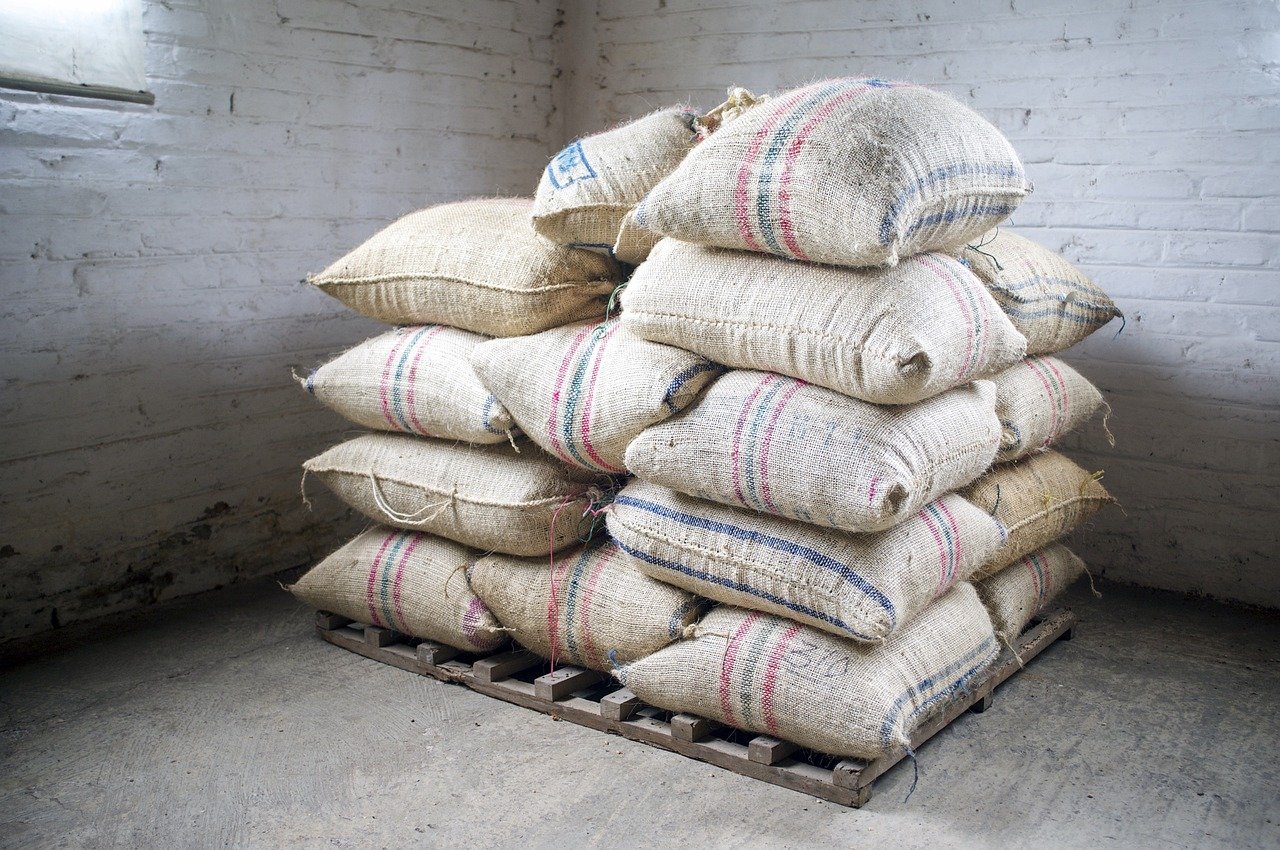Introduction
As a coffee lover, you may have already explored various coffee beans from different regions, each with a unique flavour and aroma. However, amidst the popular choices of Arabica and Robusta coffee beans, there exists a hidden gem in the coffee industry—Liberica coffee beans. This rare and exotic coffee variety often goes unnoticed but is gradually gaining recognition for its exceptional taste and aroma. In this article, we will delve into the world of Liberica coffee beans, exploring their unique characteristics, the history behind their cultivation, and why they are indeed the hidden gem of the coffee industry.
History of Liberica Coffee Beans

Liberica coffee beans were first discovered in Liberia, West Africa, during the mid-19th century. The coffee plant was later introduced to the Philippines by Spanish colonizers, where it was cultivated and exported to other countries. Unfortunately, the production of Liberica coffee beans in the Philippines declined due to the outbreak of coffee leaf rust disease and a shift in focus towards Arabica and Robusta coffee beans.
Today, the majority of Liberica coffee beans are grown in Malaysia, where they are known as “Liberica Java.” These coffee beans are also cultivated in countries such as Vietnam, Nigeria, and Sri Lanka. Although Liberica coffee beans are less widely produced than Arabica or Robusta, they are highly valued for their unique taste and aroma.
Characteristics of Liberica Coffee Beans
Liberica coffee beans are distinguishable from Arabica and Robusta beans by their larger size, distinctive shape, and texture. They have a woody and floral aroma and a hint of smokiness. The taste of Liberica coffee beans is often described as bold and earthy, leaving a nutty aftertaste. The coffee exhibits a low acidity level and boasts a high caffeine content, making it a popular choice for those who prefer robust coffee.
Liberica coffee beans are also known for their resistance to pests and diseases, contributing to easier cultivation and harvesting. However, their larger size and more rigid texture require specialized equipment and expertise for roasting and grinding.
Flavour Profile and Taste of Liberica Coffee Beans
The flavour profile of Liberica coffee beans is complex and unique, offering a bold and earthy taste that sets them apart from other coffee varieties. With a low acidity level, Liberica coffee is less bitter than different coffee types. The flavour is often woody and floral, accentuated by a hint of smokiness and a nutty aftertaste. Furthermore, the coffee boasts a full-bodied texture, making it an ideal choice for espresso-based drinks.
Various factors, including the cultivation region, altitude, and soil composition, influence Liberica coffee beans’ taste. For instance, Liberica coffee beans grown in Malaysia possess a distinct flavour profile different from those cultivated in other regions. Malaysian Liberica coffee beans offer a smoky and woody taste, often accompanied by hints of caramel and chocolate.
Health Benefits of Liberica Coffee Beans
Like other coffee varieties, Liberica coffee beans are rich in antioxidants and other beneficial compounds that can improve health. The caffeine content in Liberica coffee beans boosts energy levels and enhances mental alertness. Coffee contains chlorogenic acid, which reduces inflammation, lowers blood pressure, and improves blood sugar control.
Liberica coffee beans also serve as a natural source of essential vitamins and minerals, including magnesium, potassium, and niacin. These nutrients support overall health and well-being, reducing the risk of chronic diseases such as heart disease and diabetes.
Comparison with Other Coffee Beans – Arabica and Robusta

Liberica coffee beans are often compared to Arabica and Robusta coffee beans, the two most widely produced coffee varieties globally. Arabica coffee beans are renowned for their delicate flavour and aroma, accompanied by a medium acidity level. Conversely, Robusta coffee beans have a bold, bitter taste and high caffeine content.
Compared to Arabica and Robusta coffee beans, Liberica coffee beans exhibit a unique flavour profile that sets them apart. With a low acidity level and a bold, earthy taste, Liberica coffee is less bitter than Robusta coffee. Additionally, Liberica coffee beans contain a higher caffeine content than Arabica coffee, making them an excellent choice for those seeking a solid and robust coffee experience.
Growing and Harvesting Liberica Coffee Beans
Liberica coffee beans thrive in tropical regions characterized by warm and humid climates. The coffee plants require ample rainfall and well-drained soil to flourish. Growing up to 30 feet tall, the coffee trees produce large, oval-shaped beans.
The process of harvesting Liberica coffee beans is labour-intensive, requiring skilled labourers. The beans are handpicked when fully ripe, typically taking up to 10 months after flowering. Subsequently, the beans undergo processing to remove the outer layers, followed by sun drying or specialized equipment for drying.
Availability and Accessibility of Liberica Coffee Beans

Although Liberica coffee beans are less widely available than Arabica and Robusta coffee beans, they are gaining popularity among coffee enthusiasts and specialty coffee shops. You can find Liberica coffee beans online or at local specialty stores catering to coffee lovers.
Due to their rarity and the specialized cultivation and processing methods, Liberica coffee beans are generally more expensive than other coffee varieties. However, their unique taste and aroma make them worth the extra cost for coffee connoisseurs who appreciate a high-quality and distinctive coffee experience.
Brewing Liberica Coffee Beans – Best Methods and Recipes

Brewing Liberica coffee beans necessitates specialized equipment and expertise. The beans’ tough texture requires longer roasting times than other coffee varieties. Here are some tips for brewing Liberica coffee beans:
- Utilize a French press or drip coffee maker for the brewing process.
- Grind the coffee beans coarsely to prevent over-extraction.
- Maintain a water-to-coffee ratio of 15:1 for a solid and robust coffee.
- Brew the coffee for 3-4 minutes to extract optimal flavour and aroma.
- Enjoy the coffee black or with a splash of milk or cream.
Conclusion – Why Liberica Coffee Beans are Worth Trying
Liberica coffee beans embody the hidden gem of the coffee industry, offering a unique flavour profile and aroma that distinguishes them from other coffee varieties. While they may not be as widely produced or available as Arabica or Robusta coffee beans, Liberica coffee beans are worth trying for coffee enthusiasts seeking a high-quality and distinctive coffee experience.
With their bold and earthy taste, low acidity level, and high caffeine content, Liberica coffee beans cater perfectly to those who prefer a solid and robust cup of coffee. So, the next time you yearn for a new and exciting coffee experience, don’t hesitate to try Liberica coffee.







